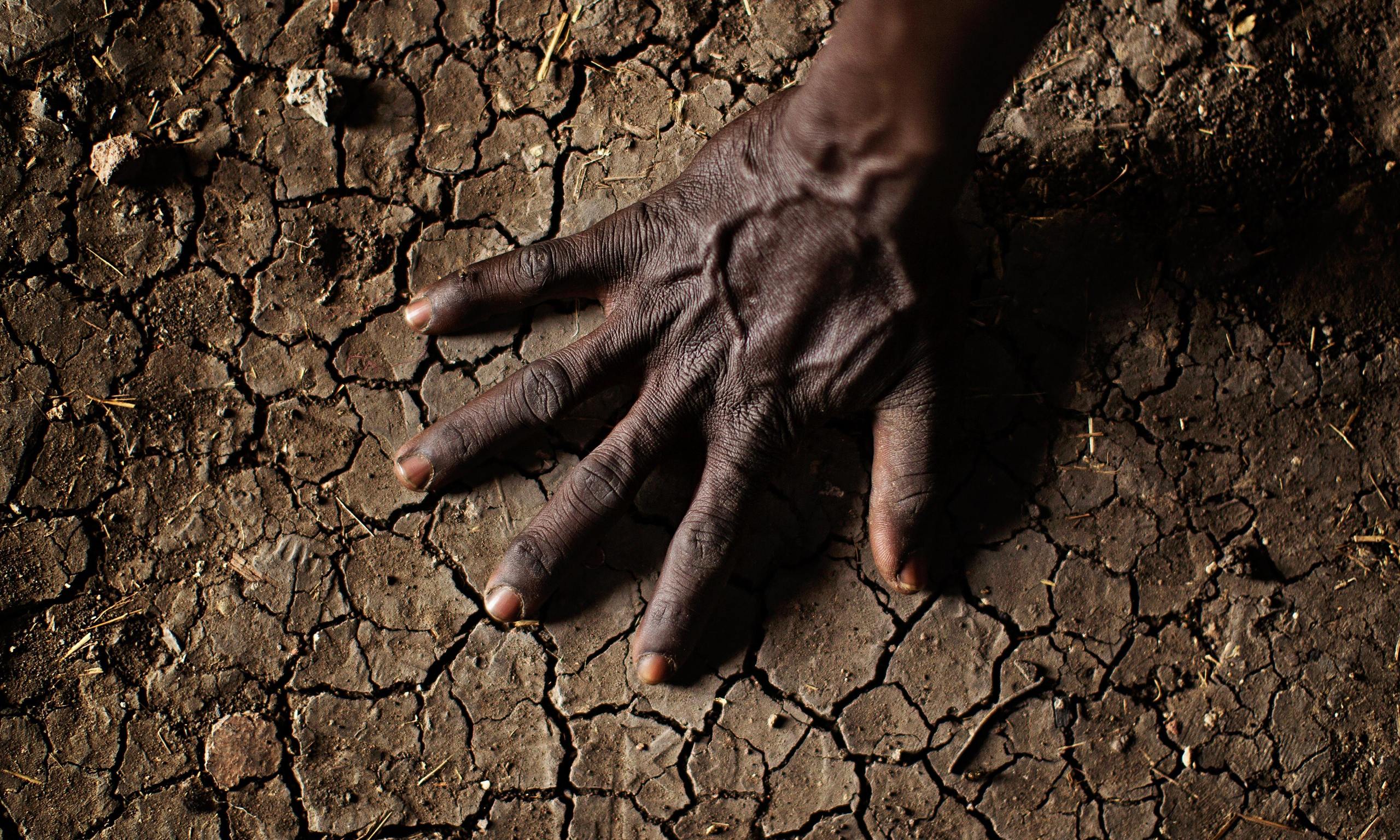How Africans Are Saving Their Own Soil
Author: April Fulton
For hundreds of years, parts of sub-Saharan Africa have suffered from poor soil. Weather, shifting populations, and slash-and-burn practices have left wide swaths of land relatively useless for growing food without major commercial intervention. But that’s not the whole story of African farming.
In Guinea and the forests of West Africa, there is a hidden history of enriching the soil with natural techniques handed down through generations to sustain food crops without artificial fertilizers. And there just might be something the rest of the world can learn from it.
“The capacity of people to make soils where soils weren’t good … [has been] completely overlooked,” says James Fairhead, professor of social anthropology of Sussex University. That is, until now.
Fairhead, who has been exploring settlements in the forests of West Africa since the 1990s, had for years observed locals planting crops on the grounds of former villages. As an archaeologist digging for historic artifacts in the same locations, it could be something of a nuisance, he acknowledges, but he started to wonder why it was happening.
He looked for scientific literature on African soils and turned up nothing until he stumbled upon a similar discovery of soil improvement in the Amazon as far back as 5,000 years ago.
Taken together, these could be a “model for sustainable farming and a model for climate smart agriculture,” he says. (See “How Chickpeas Can Fix Soil and Feed Farmers“.)

